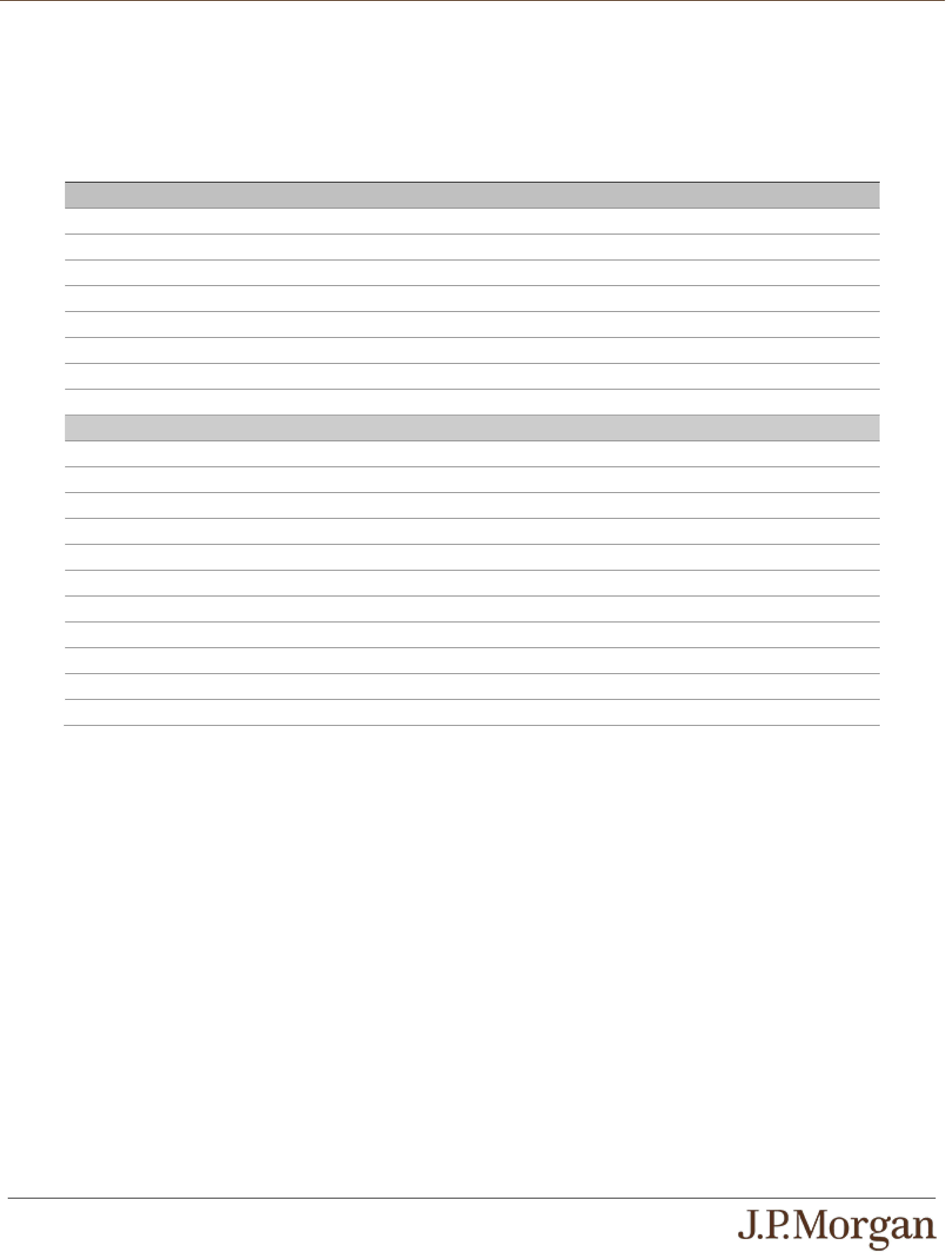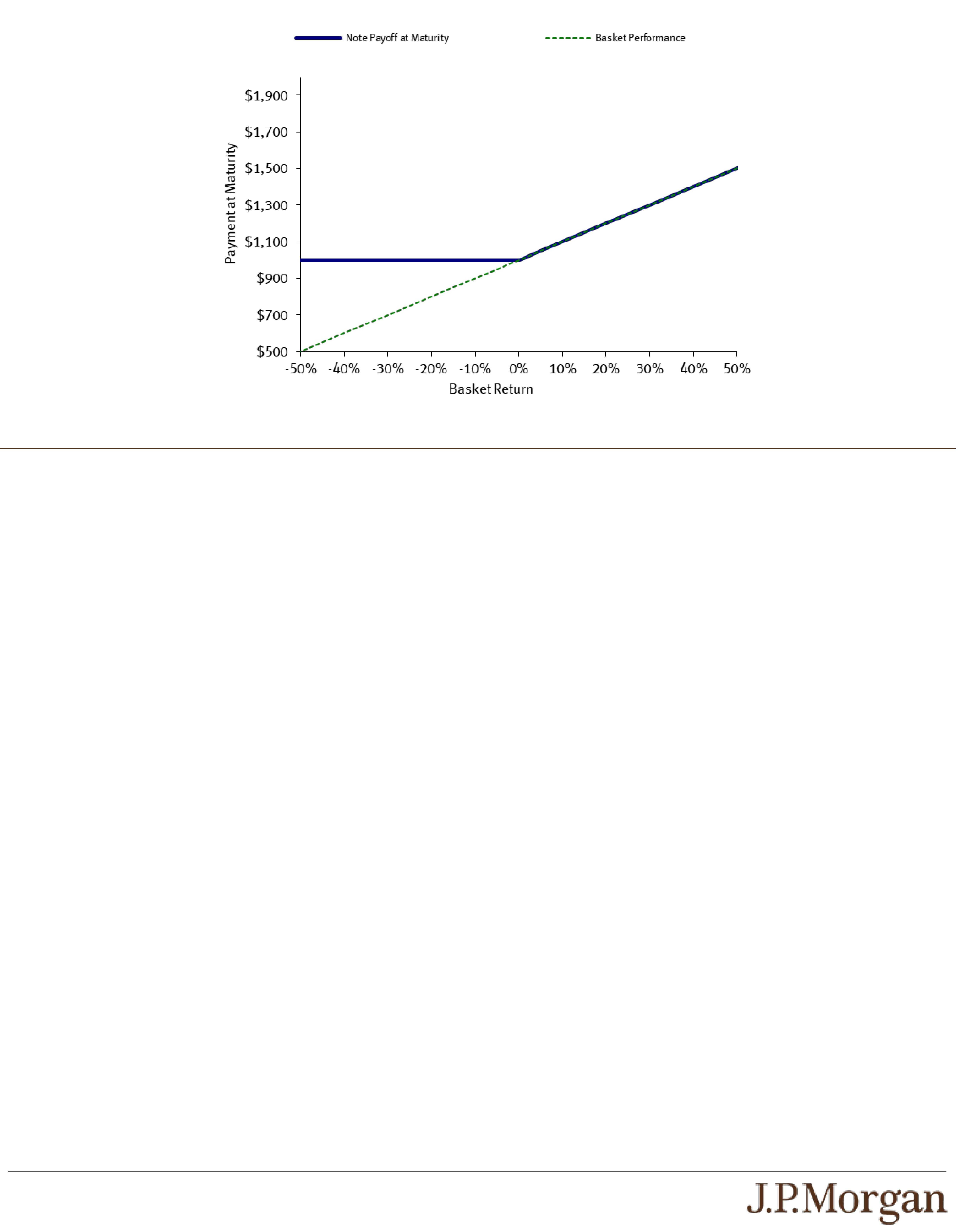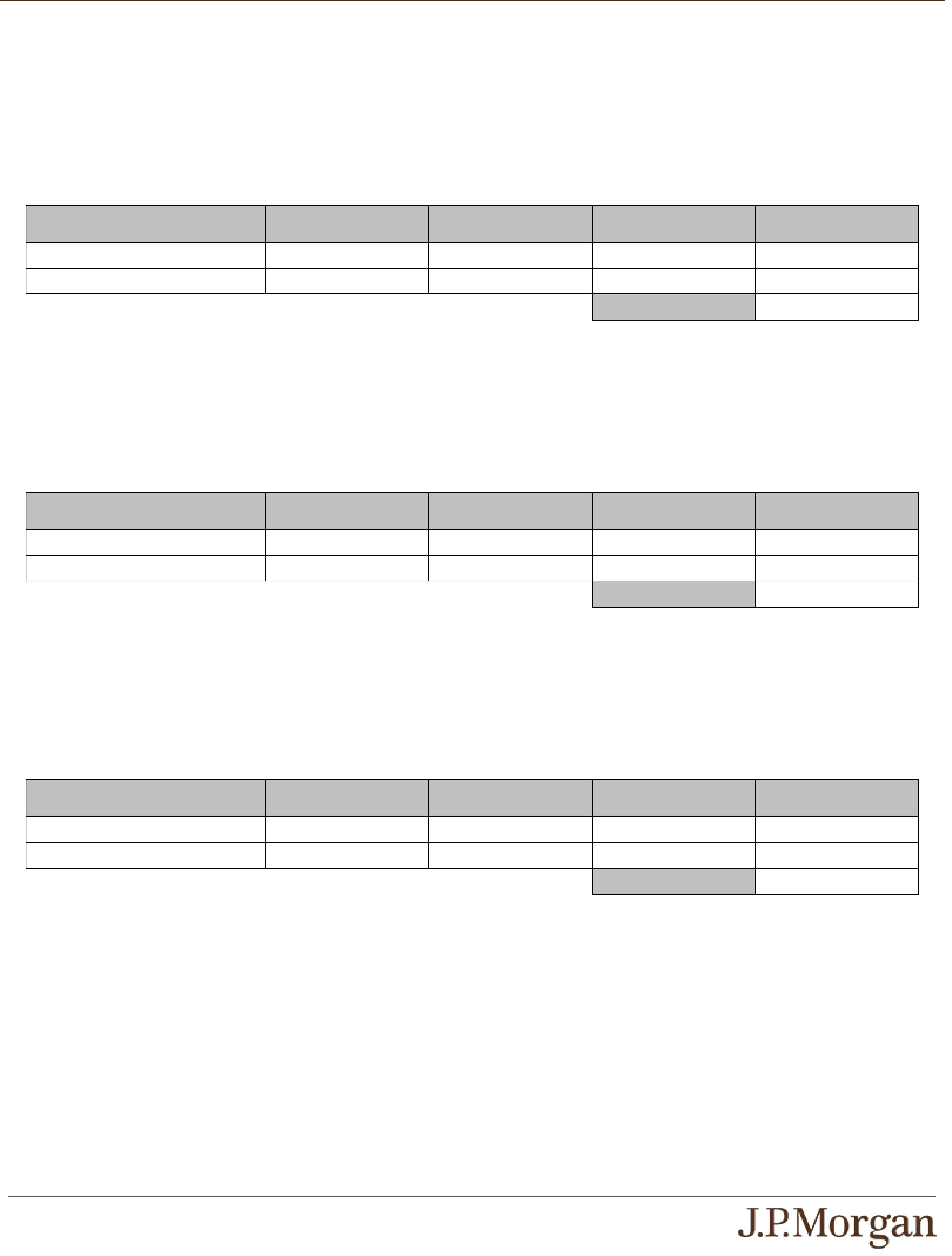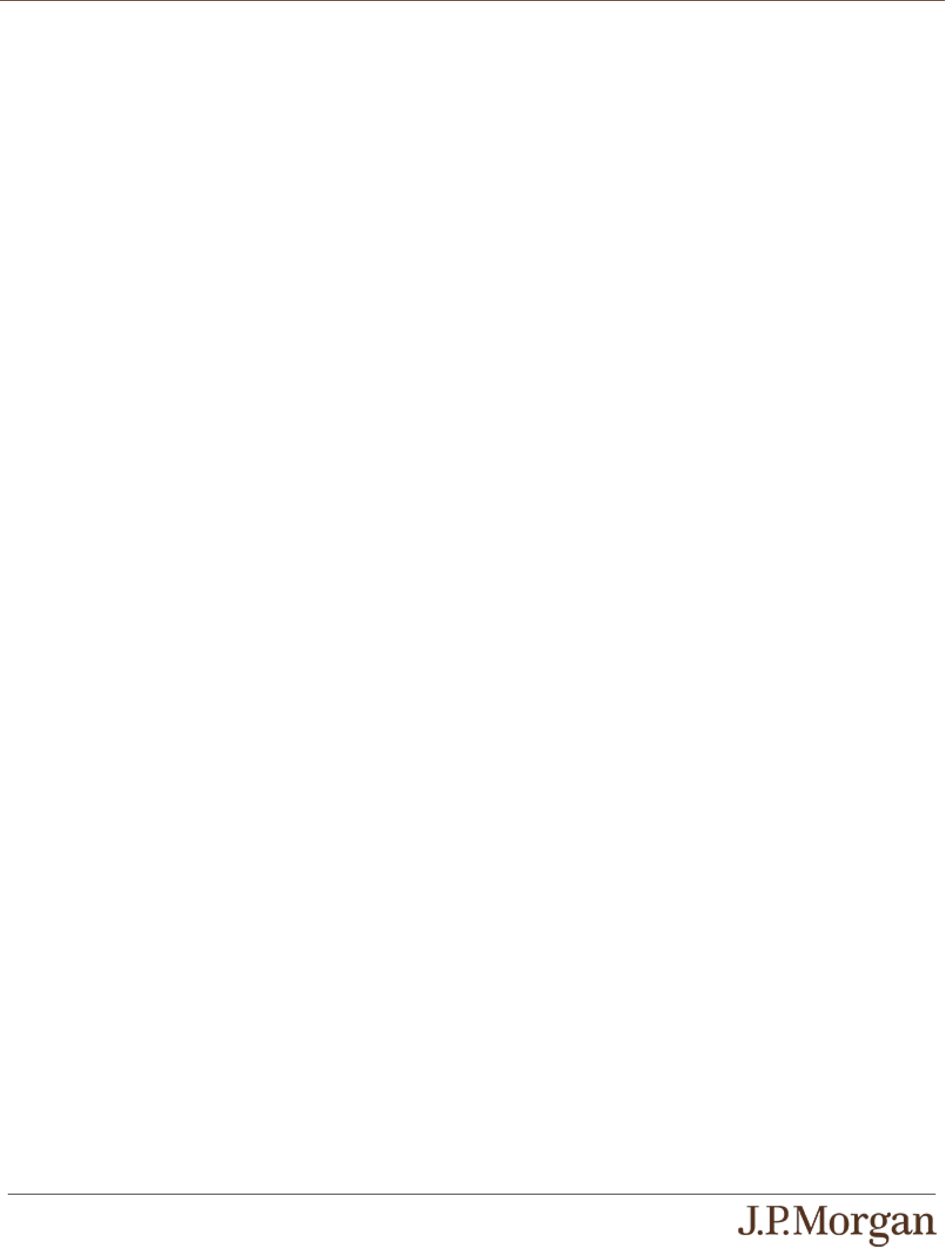• AN INVESTMENT IN THE NOTES CARRIES THE RISKS ASSOCIATED WITH THE MAX INDEX’S MOMENTUM INVESTMENT
STRATEGY —
The MAX Index construction reflects a momentum investment strategy. Momentum investing generally seeks to capitalize on
positive trends in the returns of financial instruments. As such, the weights of the Constituents in the MAX Index are based in part
on the recent performance of the Constituents. However, there is no guarantee that recent performance trends will continue in the
future. In addition, the caps and floors on the Constituent weights applied at the individual and asset class levels will result in lower
weights for the Constituents with the best recent performance than would be the case if those caps and floors were not applied.
Moreover, the aggregate assigned weights of the J.P. Morgan US Large Cap Equities Futures Index, the J.P. Morgan US Small
Cap Equities Futures Index, the J.P. Morgan German Equities Futures Index and the J.P. Morgan Japanese Equities Futures Index
(the “Equity Constituents”) and the aggregate assigned weights of the J.P. Morgan 5Y U.S. Treasury Futures Index, the J.P.
Morgan 10Y U.S. Treasury Futures Index, the J.P. Morgan German Government Bond Futures Index and the J.P. Morgan
Japanese Government Bond Futures Index (the “Bond Constituents”) in the MAX Index will, in each case, not be less than 10%,
even in cases where the recent performance of the Equity Constituents or the Bond Constituents, as applicable, is significantly
worse than the recent performance of the remaining Constituents.
Furthermore, the MAX Index will maintain a 100% net long exposure to its Constituents at all times, even when most or all
Constituents are displaying negative performance. Moreover, once a selected portfolio has been identified and implemented, the
MAX Index will track the performance of the relevant Constituents until the next rebalancing of the MAX Index, even when the
performance of those Constituents is worse than their recent performance, or than the performance of the remaining Constituents.
In addition, due to the MAX Index’s momentum investment strategy, the MAX Index may fail to realize gains that could occur as a
result of obtaining exposures to financial instruments that have experienced returns one direction, but which subsequently
experience a sudden return in the other direction. As a result, if market conditions do not represent a continuation of prior
observed trends, the level of the MAX Index, which is rebalanced based on prior trends, may decline.
• THE MAX INDEX MAY PERFORM POORLY AT TIMES WHEN THE PHASE OF THE MARKET CYCLE IS CHANGING OR
DURING PERIODS CHARACTERIZED BY SHORT-TERM VOLATILITY —
While historical data and statistical analysis support the premise that assets tend to move in multi-year cycles, performance of
assets will be variable, even within a particular phase of a market cycle, and the nature of a market cycle is such that the
performance of assets will shift from phases of positive performance to phases of negative performance over time. Because the
MAX Index’s strategy is based on momentum investing, the MAX Index may perform poorly during times when a Constituent’s
performance is not consistent with the current phase of the market cycle or when the current phase of the market cycle for that
Constituent is changing. In non-trending, sideways markets, momentum investment strategies are subject to “whipsaws.” A
whipsaw occurs when the market reverses and does the opposite of what is indicated by the trend indicator, resulting in a trading
loss during the particular period. Consequently, the MAX Index may perform poorly in non-trending, “choppy” markets
characterized by short-term volatility.
● BECAUSE THE MAX INDEX MAY INCLUDE NOTIONAL SHORT POSITIONS, THE NOTES MAY BE SUBJECT TO
ADDITIONAL RISKS —
During each rebalancing of the MAX Index, the MAX Index may assign negative weights as low as -10% to one or more of the
Equity Constituents and the Bond Constituents and negative weights as low as -20% to one or both of the J.P. Morgan Brent Crude
Oil Futures Index and the J.P. Morgan Gold Futures Index (the “Commodity Constituents”), thereby providing notional short
exposure to one or more Constituents. Unlike long positions, short positions are subject to unlimited risk of loss because there is
no limit on the appreciation of the price of the relevant asset before the short position is closed. It is possible that a Constituent
may appreciate substantially while the MAX Index is providing a notional short exposure to that Constituent, thus resulting in an
adverse effect on the level of the MAX Index and the value of your notes.
Moreover, if the MAX Index provides both notional long and short exposures to its Constituents, the total long and short exposure
to its Constituents may exceed 100%, perhaps significantly, which increases the risk that the MAX Index will suffer losses, thereby
adversely affecting any payment on the notes and the value of the notes.
• THE MAX INDEX MAY NOT APPROXIMATE ITS INITIAL VOLATILITY THRESHOLD OF 4% —
No assurance can be given that the MAX Index will maintain an annualized realized volatility that approximates its initial volatility
threshold of 4%. The actual realized volatility of the MAX Index will depend on the performance of the Constituents included in the
selected portfolio(s) from time to time, and, at any time or for extended periods, may be greater than 4%, perhaps significantly, or
less than 4%. Furthermore, the volatility threshold of the MAX Index is subject to upward adjustment and, thus, the realized
volatility threshold used to determine any selected portfolio may be greater than 4%, perhaps significantly. While the assigned




















